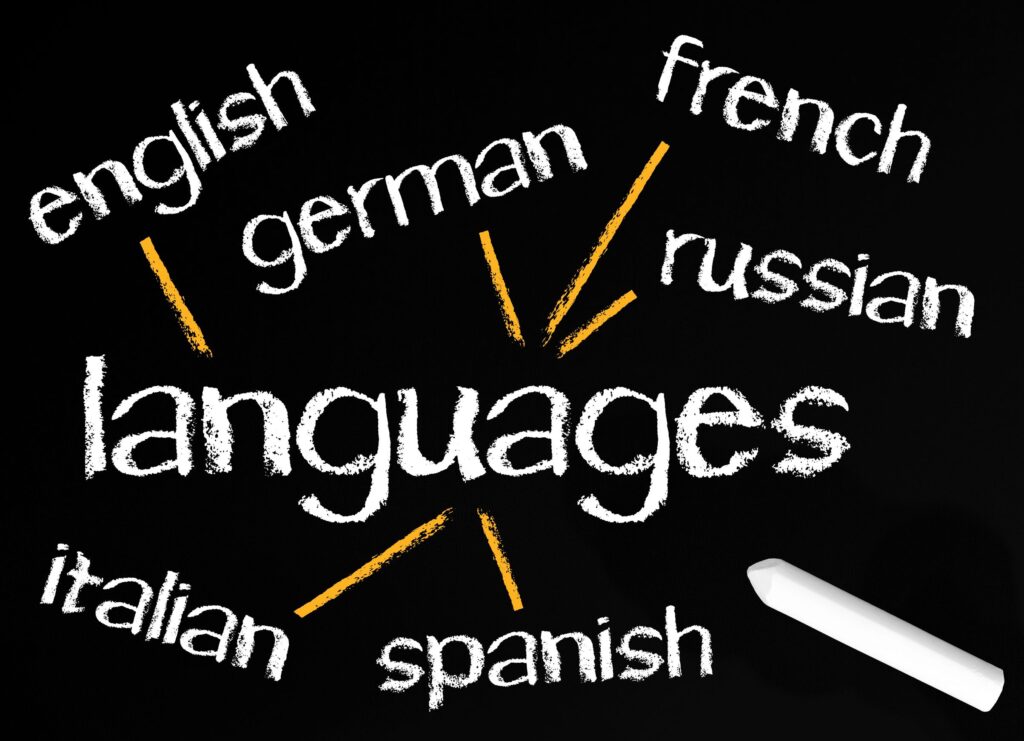Consecutive interpreting is the most popular type of interpretation work. In consecutive interpreting, the interpreter converts the words into the target language after the speaker delivers one or two sentences. The speaker pauses and waits for the interpreter to convey the message before continuing with their speech.
In consecutive interpreting, the linguist has time to write down notes, so they do not have to remember everything that the speaker said.
Because of the start and stop of the delivery of a speech or presentation, the meeting or small conference can last longer.
In any type of interpreting work, the interpreter has to prepare before the event. The interpreter needs to be familiar with the particular terminology that speakers will use during the meeting. It is essential for the client to give the interpreter a briefing, background information about the participants, and the topics for discussion so that the interpreting service will be effective.
Requirements of Consecutive Interpretation Service
Consecutive interpretation service does not need many technical types of equipment like headphones, audio consoles, microphones, and soundproof booths. What the interpreter needs are pencils or pens and notepads. Often the interpreter works alone.
The interpretation service is applicable for seminars with a limited number of participants, business meetings, classes, and bilingual meetings. Typically, the audience is smaller, compared to large conferences that use simultaneous interpretation services.
Skills of a Consecutive Interpreter
Similar to a simultaneous interpreter, the consecutive interpreter must be fluent in the source and target languages. The service needs interpreters with experience and expertise in a specific subject. Cultural knowledge, understanding of the nuances of the language, sharp memory, excellent speaking, and keen hearing are also necessary skills.
- Aside from memorization, a consecutive interpreter should be good at note-taking. The way the interpreter takes notes depends on the system each one of them develops through practice, training, and their earlier experiences. They can use initials, symbols, and abbreviations to help them remember the concepts and ideas that the speaker wants to deliver. One consecutive interpreter’s notes may or may not be legible to another interpreter.
- The interpreter must maintain visual contact with the speaker instead of focusing on note-taking. They should keep their notes simple, with only the basic information so the notes will be easier to read but will help them summarize the message in their head. But the interpreter should include things that are harder to remember such as names, numbers, and dates.
Advantages of Using Consecutive Interpretation
Any type of interpretation service is important because it enables speaking different languages to understand one another. The setup is more personal and intimate because the consecutive interpreter normally stays next to the speaker. Each form has its own advantages, disadvantages, and fits different needs.
Consecutive interpretation, for example, has its set of advantages, such as:
- The delivery of the interpretation is more emotional and fluent. The consecutive interpreter has more time to prepare for the nuances of the language and to choose the words carefully.
- The service does not need audio, electronic, and technical equipment, as well as soundproof interpreters’ booths.
- The quality of the translation is better because the interpreter has more time to prepare, which helps in choosing the tone of the message and the right words in the target language.
- The attention of the audience increases as they can understand the message better, as well as see and hear the speaker’s tone of voice and the body language of the speaker and the interpreter.
- The audience who can understand some of the words in the original language can appreciate the translation better.
When Do You Use Consecutive Interpreting?
Simultaneous interpreting is tailor-fit for large seminars and conferences, like the international meetings at the United Nations. In one-on-one discussions and small meetings, it is more effective to use consecutive interpreting. The interpreter listens while the speaker relays the message, and waits until the speaker pauses. The interpreter then delivers the message in the target language, using their memory and notes to make sure that the message is correct.
Consecutive interpreting is applicable for different settings and industries that conduct informal and formal discussions.
You can use consecutive interpreting for:
- Human resources meetings for multilingual staff
- Press and personal interviews
- Business meetings
- Multilingual staff evaluations
- Conferences among teachers and parents
- Meetings between attorneys and clients
- Court depositions
- Medical interviews and consultations
- Press briefings and conferences
- Tours and travels
Unlike in huge seminars and conferences where the setup is more structured and formal, the flow of the discussion in consecutive interpretation is akin to regular conversation. Each participant has the time to speak, pausing only to allow the interpreter to translate the conversation in another language. One of the downsides of consecutive interpretation is that it takes longer for the meeting to finish because each speaker has to wait for the interpreter to deliver the message.
However, the service does not involve complicated planning. The vital thing is to use an interpreter who has the right industry background and experience, to deliver the words correctly. For instance, for medical interpreting, the interpreter should have prior experience in a particular field. They should know and understand the specific terminology used in the specific branch of medicine and translate the words into the language that the listener could easily understand.
Contact Us Now – eTranslation Services Offers Excellent Consecutive Interpretation Services
Whether you need a consecutive translator for your medical practice, law firm, travel and tour agency, or legal systems, eTranslation Services have the right team of native-speaking interpreters who have a working knowledge of different professions. Their skills and experience allow us to choose the right interpreter to fit our needs. Our professional interpreters are located around the world, so you have access to our interpreting services wherever you are. Do get in touch with us by sending an email at [email protected] or calling us at (800) 882-6058 to know more about our consecutive interpreting services and the other professional language services we offer.



